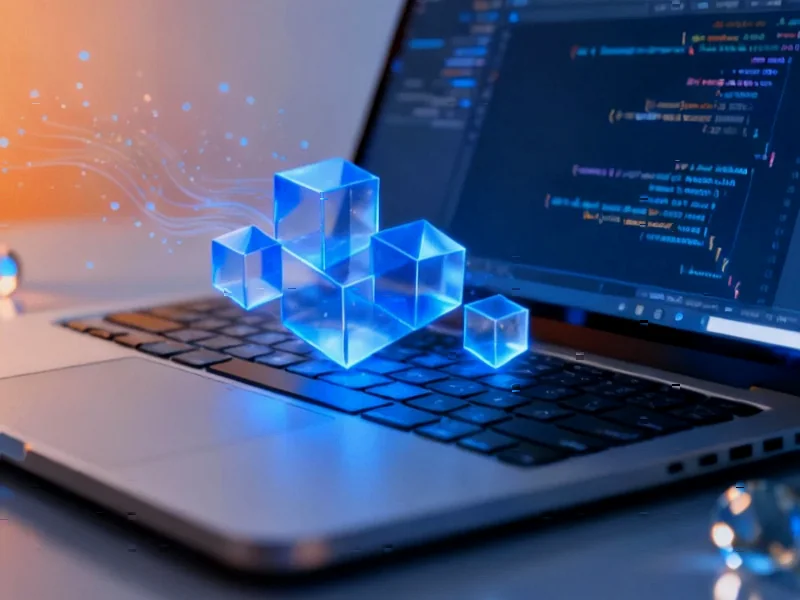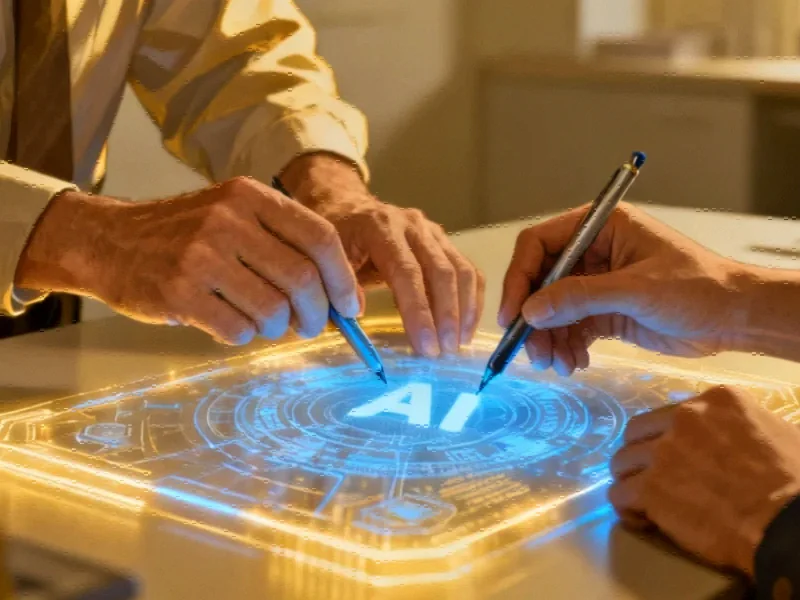The AI Investment Surge
Corporate leaders are placing their biggest bets yet on artificial intelligence, with new data revealing an unprecedented commitment to workforce transformation. According to KPMG’s 2025 CEO Outlook survey of over 1,300 global chief executives, nearly three-quarters plan to allocate a staggering 20 percent of their entire budget to AI investments in the next 12 months alone. This marks the second consecutive year that AI has topped their investment priorities, signaling a fundamental shift in how enterprises view technological transformation.
Table of Contents
What’s particularly noteworthy, analysts suggest, is that these investments aren’t driving the mass layoffs many predicted. Instead, sources indicate companies are actively hiring for AI skills and investing heavily in upskilling programs. Industry observers describe this as the emergence of the “superhuman” employee—professionals augmented by AI to achieve what was previously impossible within traditional work constraints.
Agentic AI: The Game Changer
The real transformation, according to industry experts, comes from what’s being called “agentic AI”—systems that don’t just follow predetermined steps but actively work toward specific goals. These AI agents independently marshal tools, knowledge, and resources to solve problems, fundamentally changing how work gets done. It’s a shift from asking “how has this always been done?” to “what’s the best way to solve this?”
Consider a procurement analyst suddenly able to collaborate with AI agents that understand finance, third-party risk, and complex vendor relationships simultaneously. They’re no longer confined to traditional procurement tasks but can operate across multiple domains that were previously siloed. This breakdown of artificial boundaries represents what experts describe as the “superhuman” effect in practice.
Workforce Reorganization Ahead
The implications for organizational structure are profound. Reports suggest we’ll see three distinct roles emerging: Agent Bosses who build and govern AI systems, Agent Evaluators who assess their performance, and the augmented professionals themselves—the Superhumans who collaborate with AI agents as everyday teammates.
Traditional hierarchies built around functional silos simply won’t support this new reality, according to industry analysis. Forward-thinking organizations are already experimenting with hybrid team structures that might include three humans orchestrating a dozen AI collaborator agents. The practical challenges are significant—how do you onboard an AI agent? How do you measure productivity when one employee manages multiple agents across different functions? Who’s accountable when decision-making becomes a human-AI collaboration?
The Infrastructure Challenge
The biggest hurdle isn’t the technology itself, experts caution—it’s context. Much of organizational expertise currently exists as tribal knowledge in people’s heads, never formally documented. For superhuman teams to thrive, enterprises must build robust data foundations and memory systems that capture not just data but the decisions, judgment, and intuition that drive business outcomes.
Equally critical, according to reports, is what’s being called the Agent Control System—a centralized hub to register, govern, and continuously improve a federated workforce of enterprise agents. Think of it as the operating system for your AI workforce, similar to how HR systems manage human employees. Organizations that build this infrastructure now are reportedly positioning themselves for significant competitive advantage.
The Interface Revolution
Meanwhile, the way we interact with these systems is evolving rapidly. Industry watchers predict that within the next 18 months, we’ll see radically new interfaces—natural interactions across voice, text, visuals, and gesture, plus ambient systems that anticipate user needs before they’re explicitly stated.
The transformation toward what experts call the superhuman workforce isn’t some distant future vision—it’s already emerging in forward-thinking enterprises globally. The critical question, according to seasoned AI professionals, isn’t whether this shift will happen but whether businesses will actively shape it or find themselves reacting to changes imposed by more agile competitors. After more than a quarter century of AI development, we’re finally seeing the technology deliver on its long-promised potential to fundamentally redefine work itself.



